When searching for 'Saigon cinnamon', you're likely looking for information about this bold, flavorful spice and how it compares to other cinnamon varieties. Saigon cinnamon (Cinnamomum loureiroi), also known as Vietnamese cinnamon, is renowned for its intense sweet-spicy flavor and high essential oil content. Unlike other cinnamon types, it offers a richer, more complex taste that elevates both sweet and savory dishes.
In this comprehensive guide, we'll explore what makes Saigon cinnamon special, how it compares to other cinnamon varieties, its culinary uses, health benefits, and tips for buying and storing authentic Saigon cinnamon. Whether you're a home cook or a professional chef, understanding this unique spice can transform your recipes.
Table of Contents
- What Is Saigon Cinnamon?
- Why It Stands Out from Other Cinnamons
- How Does It Taste?
- Top 5 Culinary Uses for Saigon Cinnamon
- Saigon Cinnamon Buying Guide
- How to Store Saigon Cinnamon
- Health Benefits of Saigon Cinnamon
- Common Mistakes When Using Saigon Cinnamon
- FAQs About Saigon Cinnamon
- Final Thoughts
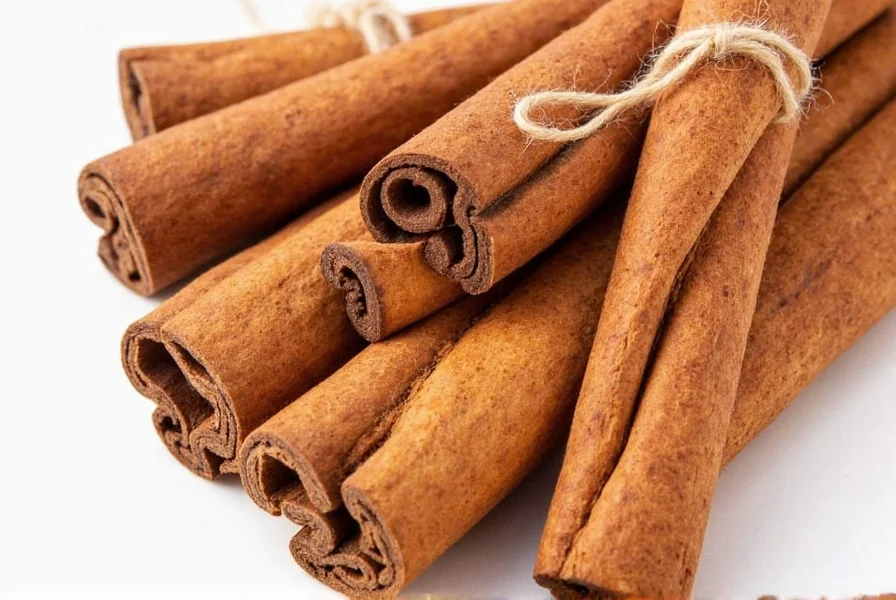
What Is Saigon Cinnamon?
Saigon cinnamon, also known as Vietnamese cinnamon or Cinnamomum loureiroi, comes from the inner bark of trees native to Vietnam. It's part of the cassia family, which includes Chinese and Indonesian cinnamons, but stands apart due to its higher essential oil content and bold flavor profile.
Grown primarily in central and southern Vietnam, especially around the regions of Quảng Nam and Đắk Lắk, Saigon cinnamon thrives in the country's tropical climate. Harvested by hand and sun-dried, it's often sold in thick, tightly rolled sticks or ground into powder for culinary use.
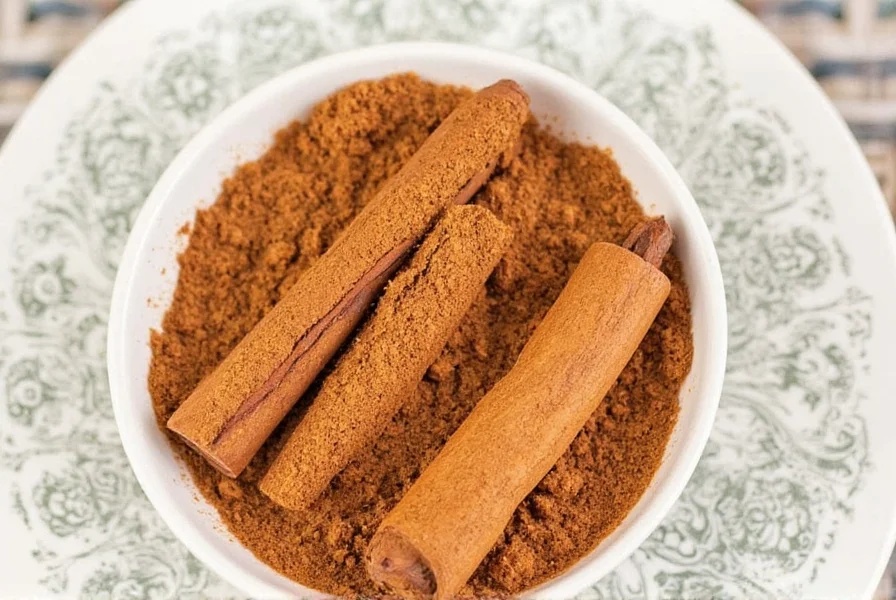
Why It Stands Out from Other Cinnamons
Let's break down how Saigon cinnamon stacks up against its cousins:
| Type | Origin | Flavor Profile | Coumarin Content | Best Use |
|---|---|---|---|---|
| Saigon Cinnamon | Vietnam | Bold, sweet, spicy | Moderate | Baking, desserts, strong-flavored dishes |
| Chinese Cinnamon (Cassia) | China | Earthy, woody, less sweet | High | Stews, marinades, budget baking |
| Ceylon Cinnamon | Sri Lanka | Delicate, citrusy, mild | Low | Desserts, teas, daily consumption |
| Indonesian Cinnamon (Korintje) | Indonesia | Mild, sweet, medium spice | Moderate | Baked goods, beverages |
As you can see, Saigon cinnamon wins when it comes to punchy flavor without going overboard on coumarin, a natural compound found in some cinnamons that can be harmful in large doses.

How Does It Taste?
Saigon cinnamon delivers a complex flavor experience. Here's how to describe it in three words: sweet, spicy, and intense.
- Sweetness: Natural sugars are concentrated during drying, giving it a caramel-like sweetness.
- Spice: A little goes a long way — think black pepper meets clove, but smoother.
- Intensity: Because of its high essential oil content (especially cinnamaldehyde), Saigon cinnamon has a stronger aroma and more pronounced taste than most other varieties.
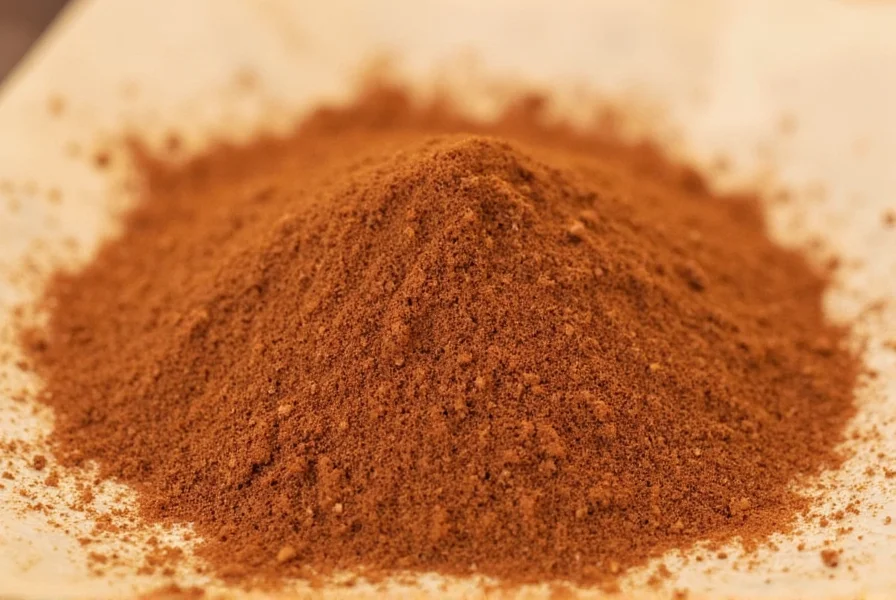
Top 5 Culinary Uses for Saigon Cinnamon
Saigon cinnamon isn't just for cookies — here are five creative ways to make the most of this powerful spice:
- Pumpkin Spice Everything: Add a pinch to pumpkin pies, smoothies, and oatmeal for an extra layer of warmth and depth.
- Chai Tea Boost: Mix a small stick with black tea, cardamom, ginger, and milk for a richer, spicier chai experience.
- Marinades & Rubs: Combine with chili, garlic, and citrus for bold meat rubs — perfect for grilled chicken or pork belly.
- Rice Puddings & Custards: Sprinkle ground Saigon cinnamon into rice pudding or flan for a fragrant twist.
- Coffee Enhancement: Stir a dash into your coffee grounds before brewing for a café-quality morning pick-me-up.
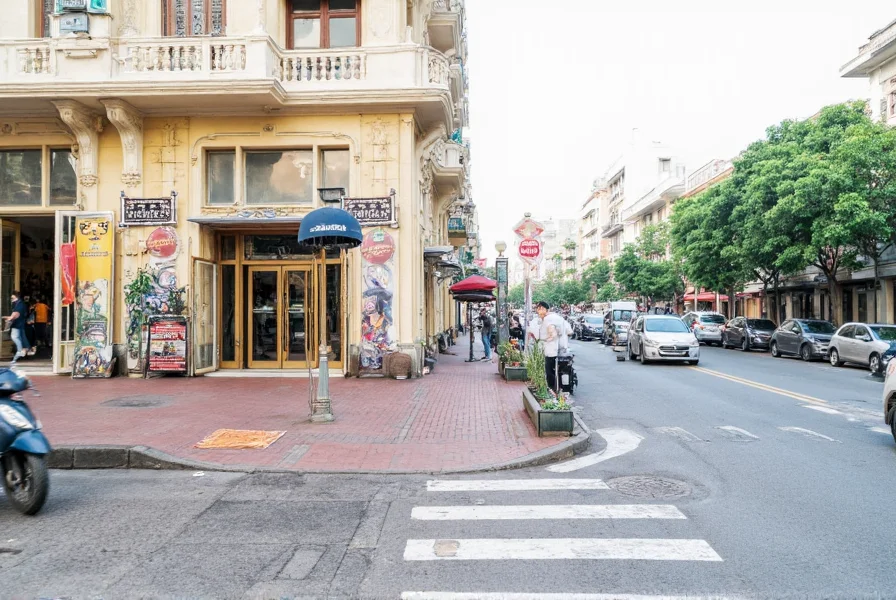
Saigon Cinnamon Buying Guide
Not all Saigon cinnamon is made equal. Here's how to choose quality products:
| Product Type | Features | Best For | Recommended Brands |
|---|---|---|---|
| Whole Sticks | Thick, tightly rolled, aromatic, no added preservatives | Slow infusions, stews, tea blends | Mother Earth Naturals, Simply Organic, VietSpice Co. |
| Ground Powder | Deep reddish-brown, strong aroma, fine texture | Baking, desserts, quick additions | Spice Islands, Frontier Co-op, Vietnamese Roots |
| Oil/Extract | Concentrated, pure, alcohol-based extraction | Flavoring drinks, sauces, homemade candies | Tropical Essence, Saigon Flavors, PureVibe Organics |
- Look for origin labels: Authentic Saigon cinnamon will mention "Vietnam" or "Saigon" on packaging.
- Avoid additives: No need for anti-caking agents or artificial flavors — real Saigon cinnamon speaks for itself.
- Check color: Deep red-brown color indicates higher essential oil content and freshness.
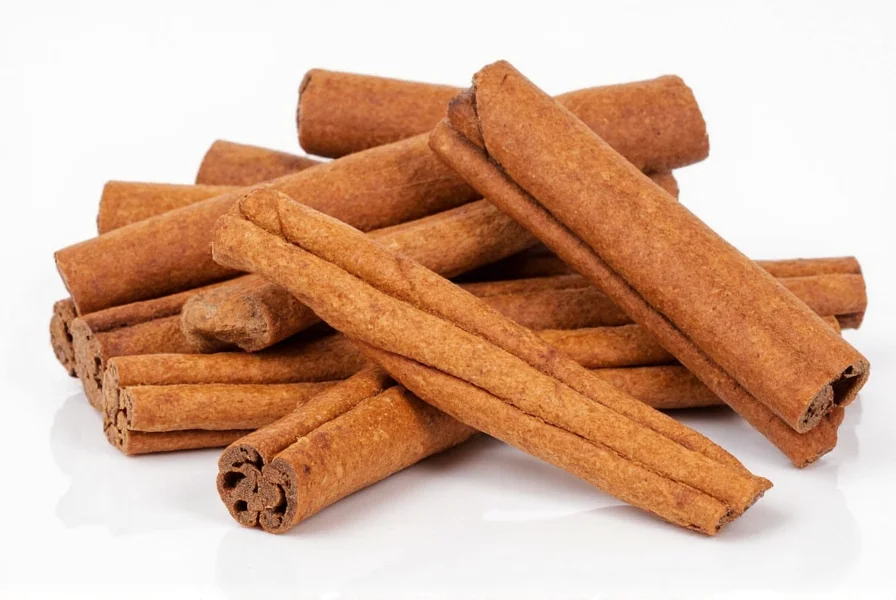
How to Store Saigon Cinnamon
Like all spices, Saigon cinnamon needs proper care to maintain potency. Here's how to keep it fresh:
- Whole sticks: Store in an airtight container away from light and moisture. Lasts up to 3–4 years.
- Ground powder: Keep sealed in a cool, dark place. Best used within 1–2 years.
- Oils/extracts: Store in dark bottles and keep refrigerated. Up to 5 years shelf life.
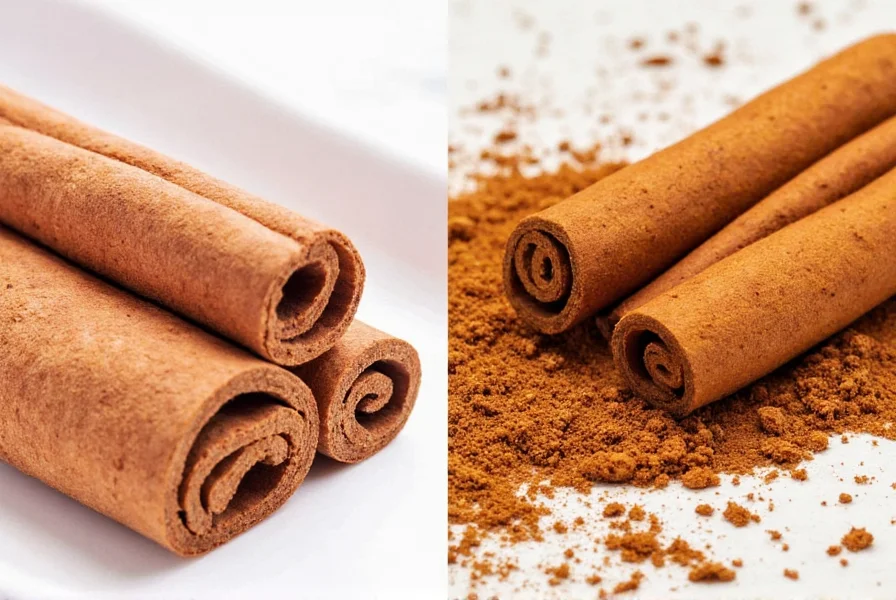
Health Benefits of Saigon Cinnamon
Beyond its incredible taste, Saigon cinnamon packs a nutritional punch:
- Antioxidant Powerhouse: Loaded with polyphenols that fight free radicals and reduce oxidative stress.
- Blood Sugar Regulation: Research suggests it may help improve insulin sensitivity for those with type 2 diabetes.
- Anti-Inflammatory Properties: Can help reduce inflammation, making it beneficial for chronic conditions like arthritis.
- Heart Health: Linked to reduced cholesterol levels and improved blood pressure.
- Natural Preservative: Its antimicrobial properties can help preserve foods naturally.
Note: While moderate use is safe, excessive intake (especially of cassia-type cinnamons) can lead to health risks due to coumarin content. Stick to about ½ teaspoon per day unless advised otherwise by a healthcare provider.
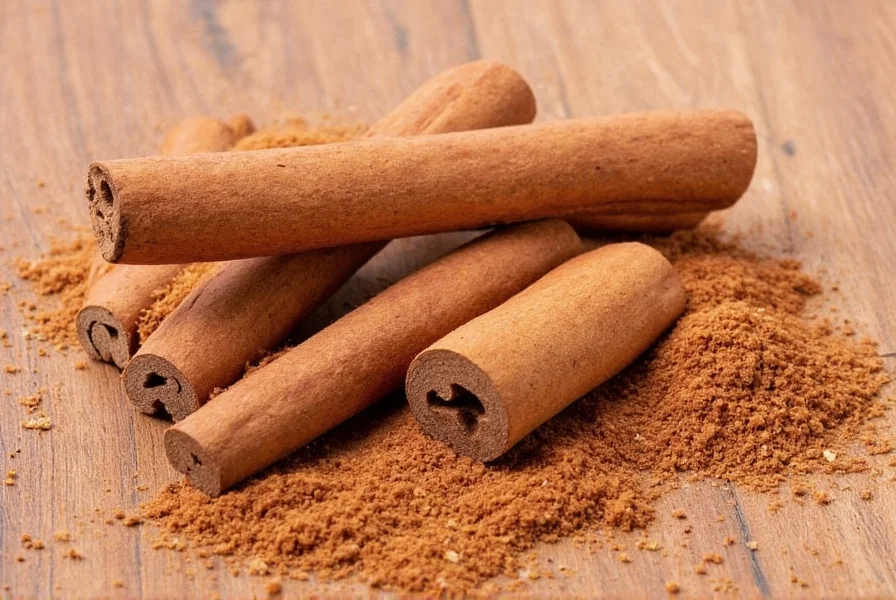
Common Mistakes When Using Saigon Cinnamon
Because of its intensity, Saigon cinnamon can easily overpower a dish if not used carefully. Avoid these common mistakes:
- Overuse: Start with half the amount recommended and adjust to taste.
- Using old stock: Old or improperly stored cinnamon loses potency — sniff before using.
- Mixing with too many spices: Let Saigon cinnamon shine — pair it with one or two complementary spices rather than a whole rack.
- Burning it: Don't toast or sauté it directly — it scorches easily and turns bitter.
- Confusing it with Ceylon: If you expect Saigon's boldness and get Ceylon's subtlety, your recipe might fall flat.
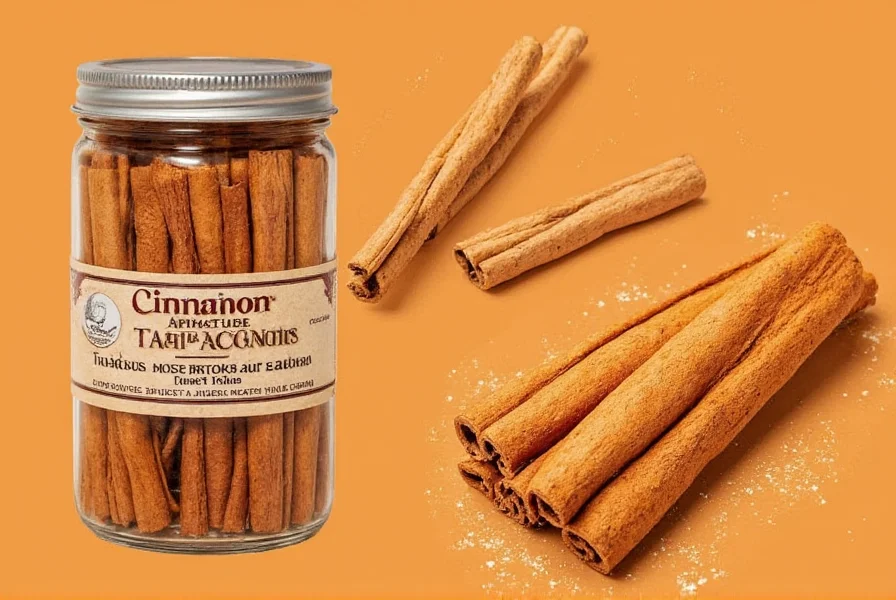
Frequently Asked Questions About Saigon Cinnamon
Q: Is Saigon cinnamon the same as cassia?
A: Yes, technically — Saigon cinnamon (Cinnamomum loureiroi) is a type of cassia cinnamon, but it's considered superior in flavor and quality compared to other cassia varieties like Chinese cinnamon (Cinnamomum aromaticum). It has a higher concentration of cinnamaldehyde (3-5%), which gives it that distinctive bold, sweet flavor that sets it apart.
Q: What makes Saigon cinnamon taste bolder than other types?
A: Saigon cinnamon contains approximately 3-5% essential oils (primarily cinnamaldehyde), compared to 1-2% in Chinese cinnamon and even less in Ceylon cinnamon. This higher oil content gives it that intense, sweet-spicy flavor profile that stands out in both sweet and savory applications. The growing conditions in Vietnam's central highlands also contribute to its exceptional quality.
Q: Can I substitute Ceylon cinnamon for Saigon?
A: Yes, but expect a significantly milder flavor. You may need to double (or even triple) the quantity of Ceylon cinnamon to approximate Saigon's punchiness. However, for recipes where a delicate cinnamon flavor is preferred (like in custards or light pastries), Ceylon might actually be the better choice. For bold applications like chai, spiced chocolate, or hearty stews, Saigon's intensity shines through.
Q: How much Saigon cinnamon is safe to eat daily?
A: Around ½ to 1 teaspoon of ground Saigon cinnamon per day is generally considered safe for most people. Due to its moderate coumarin content (lower than Chinese cinnamon but higher than Ceylon), it's advisable not to exceed this amount regularly. Consult a doctor if you have liver issues or are taking medication that affects liver function, as coumarin can interact with certain medications.
Q: Does Saigon cinnamon contain gluten?
A: No, pure Saigon cinnamon is naturally gluten-free. However, some processed cinnamon products may have cross-contamination if processed in facilities that handle gluten-containing products. Always check the label for "gluten-free" certification if you have celiac disease or severe gluten sensitivity, especially with pre-mixed spice blends.
Q: Where can I buy authentic Saigon cinnamon?
A: Look for specialty spice shops, Vietnamese or Asian markets, or reputable online retailers. Authentic Saigon cinnamon should specify "Vietnam" or "Saigon" on the label. Brands like VietSpice Co., Saigon Cinnamon Company, and Spicebar are known for quality. Be wary of extremely cheap options, as they may be mixed with lower-quality cassia varieties. For the most authentic experience, seek out products from the Quảng Nam or Đắk Lắk regions of Vietnam.
Q: How can I tell if my Saigon cinnamon is authentic?
A: Authentic Saigon cinnamon sticks are thick (about 1/4 inch or more), tightly rolled, and have a deep reddish-brown color. They should have a strong, sweet-spicy aroma when broken. The powder should be fine with a vibrant reddish hue (not pale brown). A taste test should reveal an intense, complex flavor that's both sweet and spicy with lingering warmth. If it's weak, bitter, or lacks complexity, it's likely a different variety or old stock. The cinnamon should also have a relatively high oil content that leaves a slight oily residue on paper.
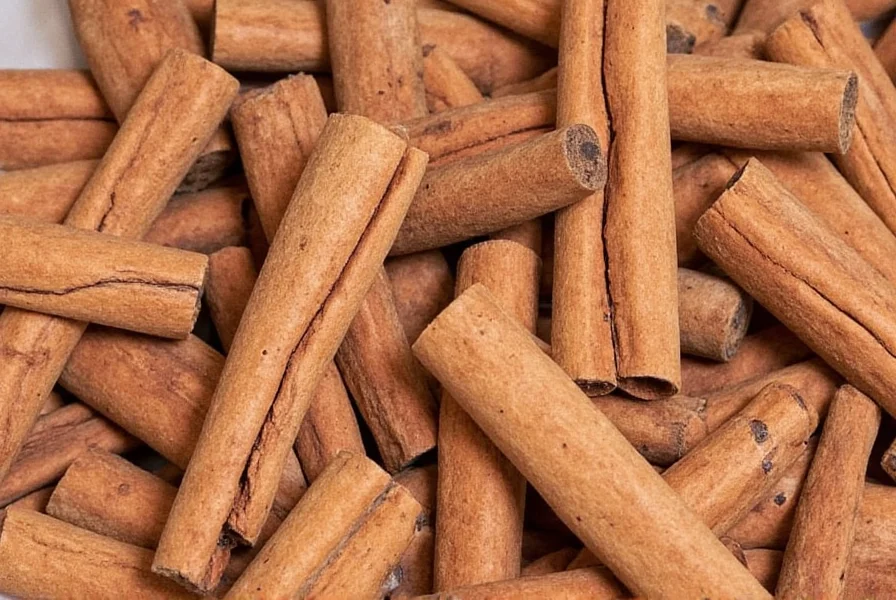
Final Thoughts
If you're looking to add some serious flair to your food, saigon cinnamon is the spice you need in your pantry. From its rich, sweet-spicy flavor to its versatility in both sweet and savory dishes, it brings a unique depth that other cinnamons just can't match.
Whether you're whipping up a batch of cinnamon roll muffins or spicing up your next stir-fry, Saigon cinnamon offers a robust flavor experience that deserves a starring role in your kitchen. With the right storage, usage, and understanding of its qualities, you'll be amazed at how much it elevates your cooking.
So go ahead — treat yourself to a stick (or a jar!) of authentic Saigon cinnamon. Your taste buds — and maybe even your health — will thank you.

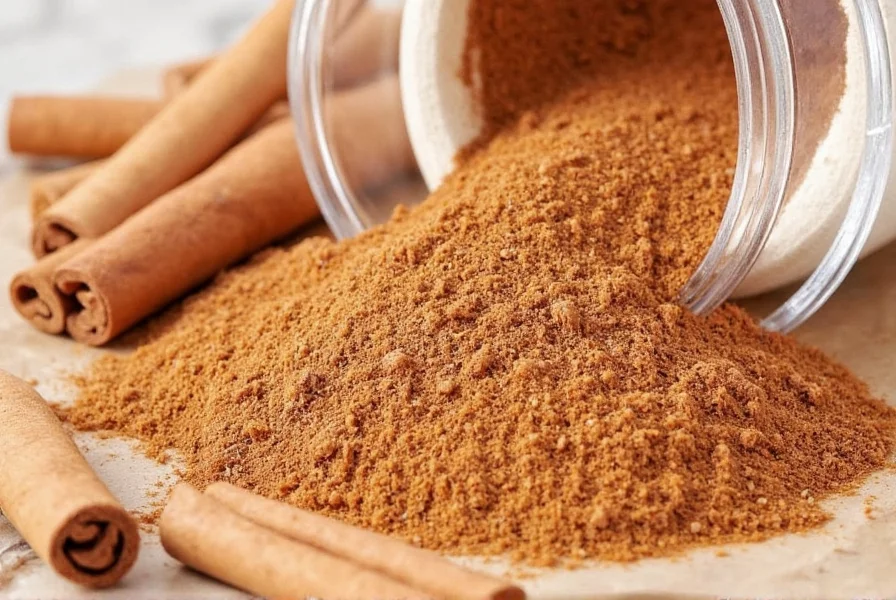









 浙公网安备
33010002000092号
浙公网安备
33010002000092号 浙B2-20120091-4
浙B2-20120091-4